Gardeners curse the ubiquitous dandelion and its pervasive nature; that darn taproot travels deep and far! However, all parts of the plant are edible and rich in vitamins, and that is not a bad thing! Learn more about dandelion’s health benefits.
Dandelion (Taraxacum officinale) is a perennial weed with a long, strong taproot. It can make itself at home almost anywhere!
Dandelion History
It is hard to believe, but at one time, there were no dandelions in North America. Dandelions originated in Asia Minor and quickly spread throughout Asia and Europe.
- The Normans called this plant dent de lion—tooth of the lion—for its jagged leaves. Anglo-Saxons corrupted this name into dandylion.
- The Vikings brought dandelion seeds with them to Iceland and Greenland, where the plant still thrives today.
- The Chinese call it “nail in the earth” for its long taproot, which draws nutrients and moisture from deep in the ground.
- In medieval times, dandelions gathered on St. John’s Eve—June 24—were believed to repel witches. The milky sap, given the name “devil’s milk pail,” was used to cure warts and pimples.
Dandelion Health Benefits
Seeds were brought here by the Puritans to plant in their herb gardens, and the plants soon escaped, making their way across the country. However, for many early settlers, this plant made a lifesaving spring tonic.
- Young dandelion leaves are completely edible and more nutritious than spinach! They have 25 times the vitamin A of tomato juice and are a good source of calcium, potassium, magnesium, iron, lecithin, and vitamins C, B, and E.
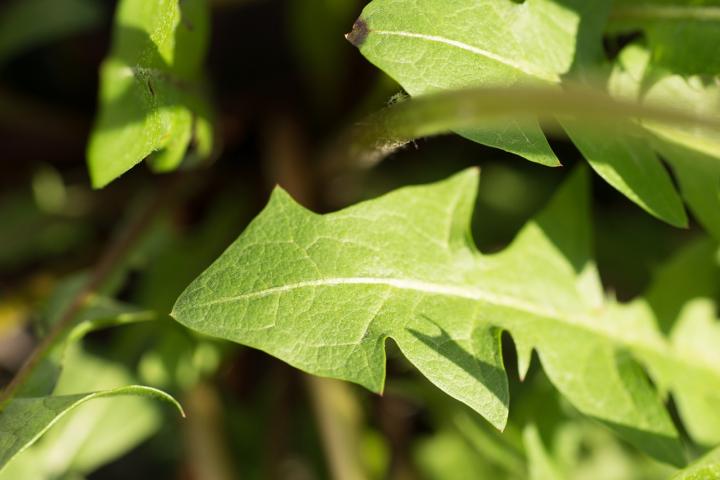
- The dandelion was a standard medicinal plant used by herbalists for generations. Their Latin name—Taraxacum officinale—means a remedy for disorders. The leaves are a powerful diuretic, but since they do not flush potassium from the body, they are actually safer than pharmaceutical diuretics. The roots are slightly laxative, and a tea made from ground fresh or dried roots is reported to improve digestion.
- Similar to their cousin chicory, the roots can be roasted until they are dark brown inside and out, ground into a powder, and used as a coffee substitute.
Dandelion Recipes
When life gives us lemons we are told to make lemonade, but what should we do with too many dandelions? Make dandelion wine, of course, or dandelion jelly! Both will be sweet reminders of spring to enjoy next winter.
Since dandelions are closely related to those bitter epicurean greens endive, chicory, escarole, and radicchio, you could harvest the free, rampant growing dandelion greens and put them to good use.
- The young leaves are tasty in salad if you pick them before the flowers appear to avoid too much bitterness.
- The plants can even be blanched like endive by covering them with a large flower pot or a basket to exclude sunlight.
- Older leaves can be boiled with a bit of salt pork or bacon (like collards), stir-fried with garlic and onions, or cut up and added to risotto or pasta.
- Dip the flower heads in a light batter and deep fry. See Fried Dandelion Blossoms recipe.
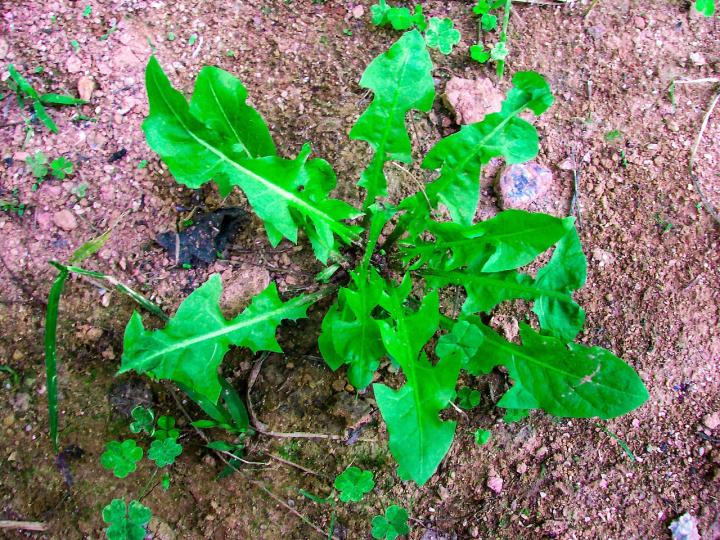
During the first year of growth, the plant produces only leaves while growing a large sustaining root. It will blossom the next year producing many flowers in rapid succession.
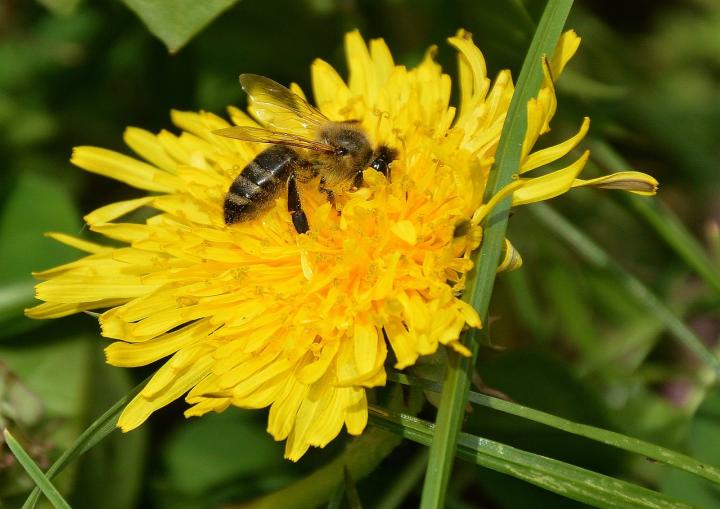
If you get out your magnifying glass and look closely, you’ll see that each petal is made from five fused petals. The protective green bracts fold up around the flowers at night or on cloudy, cool, or rainy days. The more sun the plant receives, the more deeply notched the leaf edges will be. Dandelions are self-pollinating, so every seed is capable of producing an exact copy of the parent plant.
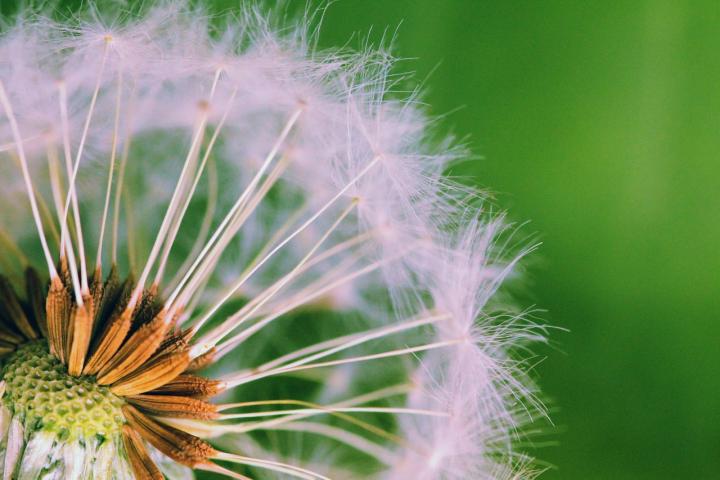
The seeds are called achenes, the white fluff is called pappus, and the stem connecting the two is the beak. While the seeds are maturing the flower stalk lengthens making the dandelion puff more accessible to passing breezes.
You can curse dandelions all you want, but what is now considered a noxious weed fed and healed us for thousands of years. Every part of this plant is edible!
And dandelions aren’t healthy only for humans. The dandelion is one of the first flowers that bees and other pollinators can depend on for food in the early spring. It’s not the ideal source of food compared to native flowers, but for those urban folks with few plants in their yard, leave some flowers for the bees!
Now, try your hand at making some dandelion wine and raise your glass in a salute to spring!
For other greens to use in your cuisine, see the Leafy Greens: Health Benefits page.






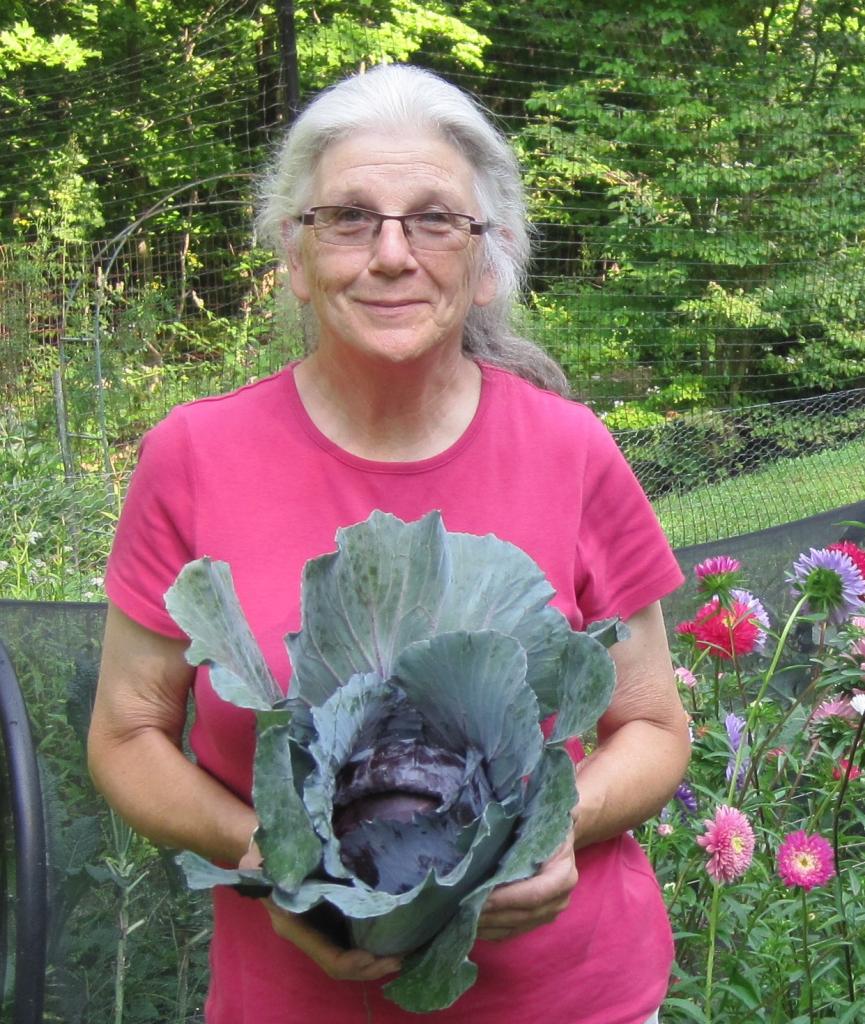








Comments